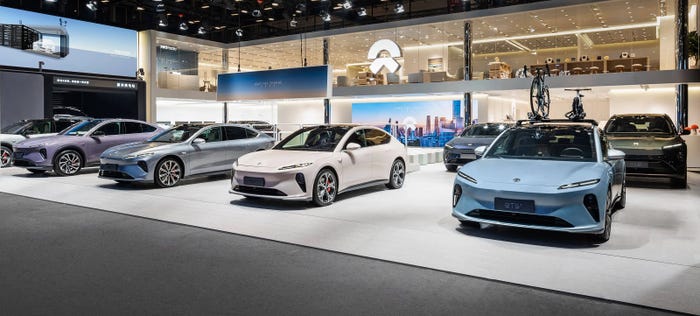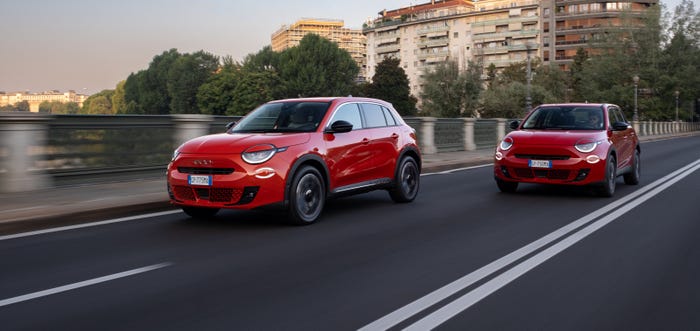Dealers’ Revenues Fall
Automakers’ revenues remain flat or improve while consumers blame dealers for higher pricing, reports J.D. Power.

Dealers are bearing the brunt of the current decline in new-vehicle profit per unit, which is down from record highs in 2022, while automaker revenues have stayed flat or even improved, according to J.D. Power analysis.
“While we’ve seen prices start to moderate, so far it’s been more or less a one-way street” in favor of the manufacturers, Tyson Jominy, vice president of data & analytics for J.D. Power, says during a recent webinar.
“Automakers continue to price up,” Jominy says, while dealers are accepting lower grosses. At the same time, he says dealers are the ones hearing consumer objections to high prices.
“Dealers have caught most of the flack because that’s the consumer touchpoint,” he says. Meanwhile, automakers are still making the lion’s share of the price gains they saw relative to 2019.
The numbers look like this: For 2019, the average transaction price was $33,738. For 2022, it was $45,596, a whopping increase of 35.1% vs. 2019. For 2023, the average was up again, to $45,969.
That’s an increase of just 0.8% vs. 2022, but keep in mind 2023 was up 36.3% vs. 2019. Jominy says compared with dealers, the OEMs have hung onto more of the price increases the factories have gained relative to 2019, despite a moderate increase in incentive spending in 2023 relative to 2022.
“They’re dealing back a little bit in incentives but putting more pressure on dealers to start dealing with their customers and giving more back to them,” Jominy says.
J.D. Power estimates dealer gross per new-vehicle transaction declined about $1,300 in 2023 vs. 2022, but in 2022 it was up about $3,000 vs. 2019.
In a separate forecast in December, J.D. Power estimated total retailer profit per new unit was $2,729, including new-vehicle gross plus F&I income. That was down 32.5% vs. a year earlier, but more than double December 2019.
On the OEM side, J.D. Power attributes higher average revenue per vehicle to a higher mix of more expensive light trucks and crossovers, higher levels of trim and equipment, higher sticker prices and a lower level of incentives compared with 2019.
“Automakers are still going up relative to a year ago,” Jominy says. “But yet, prices are basically flat, so where we’re seeing that is, well, dealers are dealing more.”
About the Author(s)
You May Also Like





